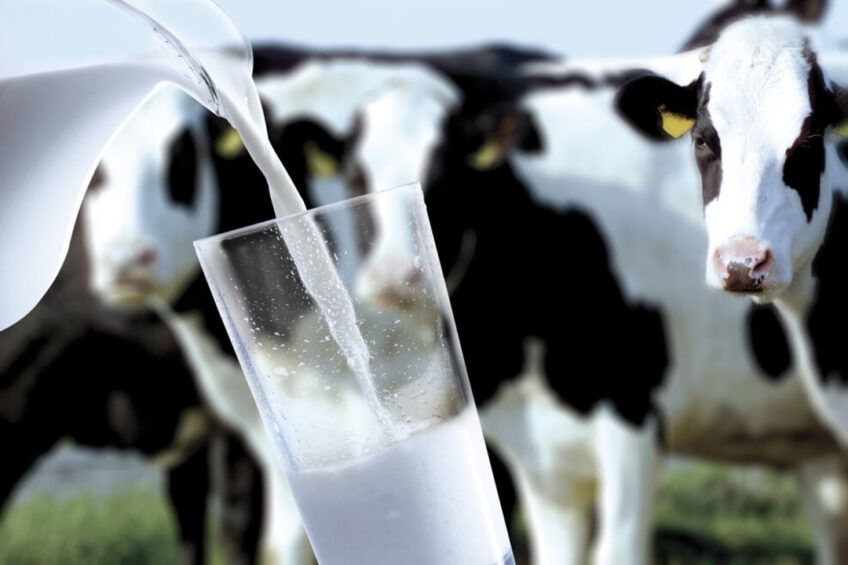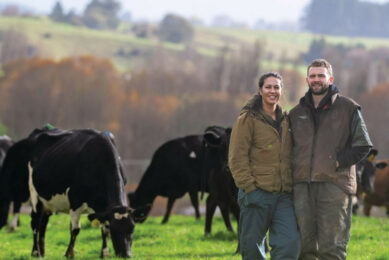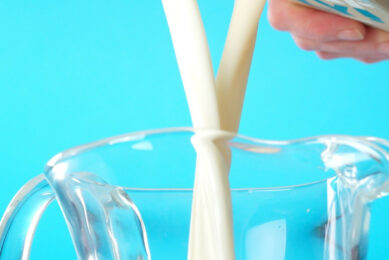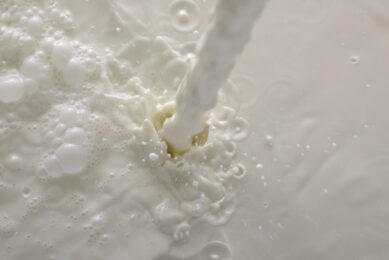Healthy milk price expected in New Zealand

Dairy auction prices posted another fall recently. But Nathan Penny, senior agri economist at Westpac New Zealand, still expects a healthy milk price this season.
Overall, prices at the dairy auction on 16 August slid 2.9%, while key whole milk powder prices were down 3.5%. It was the 10th overall price decline out of the last 11 auctions. “Prices have effectively been on the wane since March,” Penny points out. “In fact, whole milk powder prices have plunged by around a third, while overall prices are down 29%.”
OVERVIEW OF GLOBAL DAIRY MARKET PRICES
In March, prices were extraordinarily high. In annual change terms, the price decline is a more modest 3.5% for overall prices and 9.8% for whole milk powder prices. And looking over a longer period, the recent prices sit 3.4% and 2.7% above the 5-year average for overall and whole milk powder prices, respectively.
By product, dairy auction price rises actually outnumbered price falls (3 to 2). In particular, cheddar prices bucked the trend, jumping 4.2%. Meanwhile, skim milk powder and butter prices eked out small gains (up 0.2% and 0.1%, respectively). In contrast, anhydrous milk fat prices slumped 9.8%.
This result was slightly weaker than expectations, Penny explains. “We had expected a 1% fall in whole milk powder prices, while the futures market pointed to a fall of around 2% prior to the auction. The additional weakness may have reflected a weakening in market sentiment this week following the release of soft Chinese activity data for July.”
On top of the weaker sentiment, the Chinese yuan fell, making dairy commodities priced in USD more expensive for Chinese buyers. Westpac continues to see downside risks to its 2022-2023 milk price forecast of NZ$9.25 per kg (US$ 5.68).
Global dairy supply weak
Penny says, however, as mentioned in previous reports, global dairy supply remains very weak, and we continue to expect Chinese demand to rebound over coming months as Covid-19 restrictions ease further and policy stimulus takes hold. On that basis and with the NZD/USD still supportive, we still expect a healthy milk price this season.
OVERVIEW OF GLOBAL DAIRY MARKET PRICES
Rabobank says that the results of the auction offer continued support for Rabobank’s Q2 global forecast that 2022 milk powder prices peaked in the first half of 2022. Rabobank anticipates lower prices through the second half of this year and into 2023.
The downward move returns the index to March 2021 levels, Rabobank says in its Commodity Markets Research Monthly. “Demand-side fears remain, primarily due to China’s strict lockdown policies and ample stocks,” according to Rabobank.
Milk production in the US rose in July to 19.14 billion pounds (8.68 billion kg), up 0.2%, driven by a 0.9% year-on-year improvement in milk per cow, as the herd remains 67,000 head below last year. The dairy herd peaked in June 2021 at 9.501 million head and declined steadily through January 2022. Since then, cow numbers have increased, with 49,000 cows added since January.
Milk production
The United States Department of Agriculture raised US milk production in its August WASDE report. Production for 2022 was increased from July estimates of 226 billion pounds (102.5 billion kg) to 226.8 billion pounds(103 billion kg), while 2023 production was increased from 228.3 billion pounds (103.55 billion kg) to 229.2 billion pounds(103.96 billion kg).
Expect milk to become more precious
Extreme dry weather is causing problems for dairy farmers in the European Union, the biggest cheese exporter in the world. Farmers rearing livestock to produce dairy in Spain and France have seen grazing fields for their herds dry up, hurting the production of milk, butter and cream. Dairy farmers in the EU are already struggling to afford feed due to record inflation and the supply chain impact of Russia’s war in Ukraine.
Farmers have to deal with rising grain and energy costs, and there are labour shortages and disease outbreaks. “We’ve been here before in other dry years, but right now it’s really incredible,” Alexander Anton, secretary-general of the European Dairy Association told Bloomberg. “Expect milk to become more precious.”
Join 13,000+ subscribers
Subscribe to our newsletter to stay updated about all the need-to-know content in the dairy sector, two times a week.










